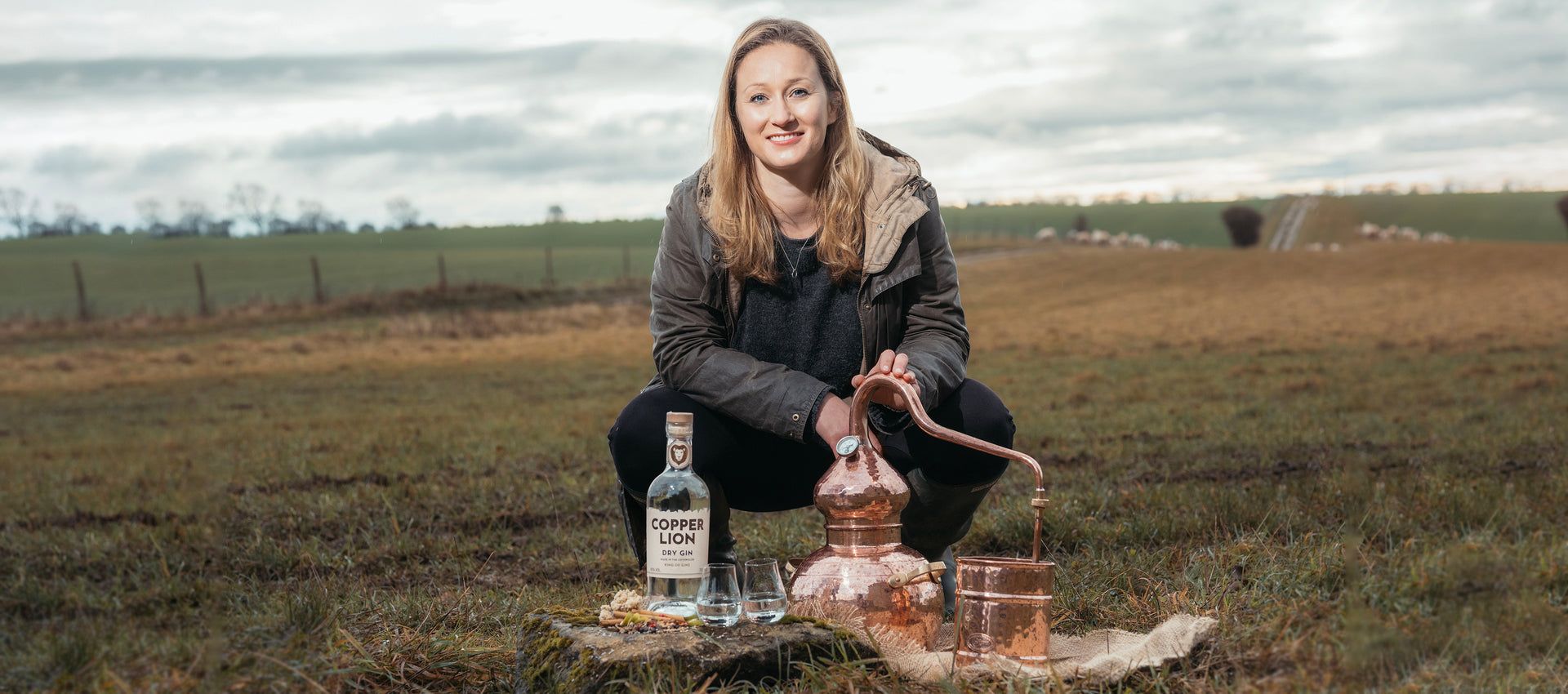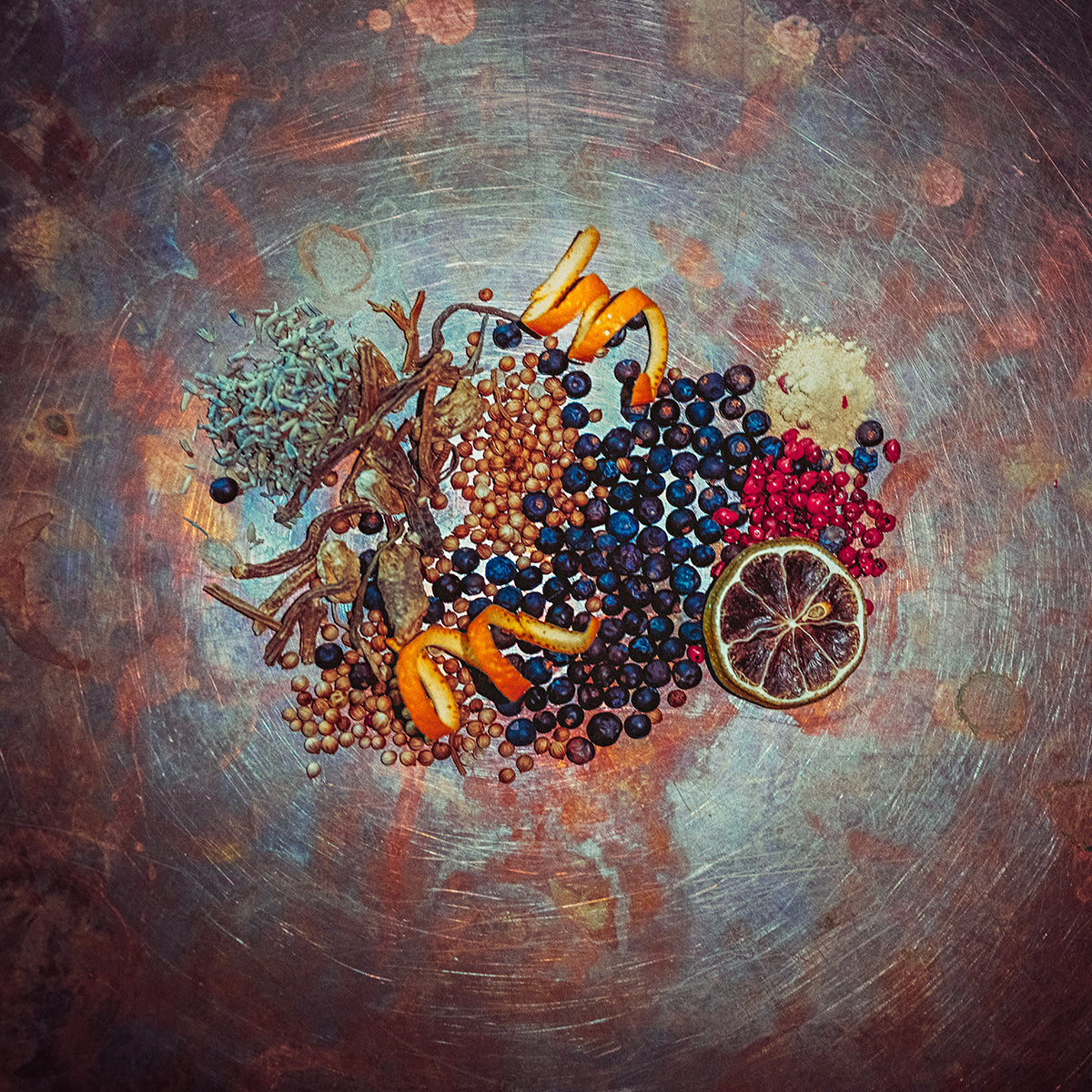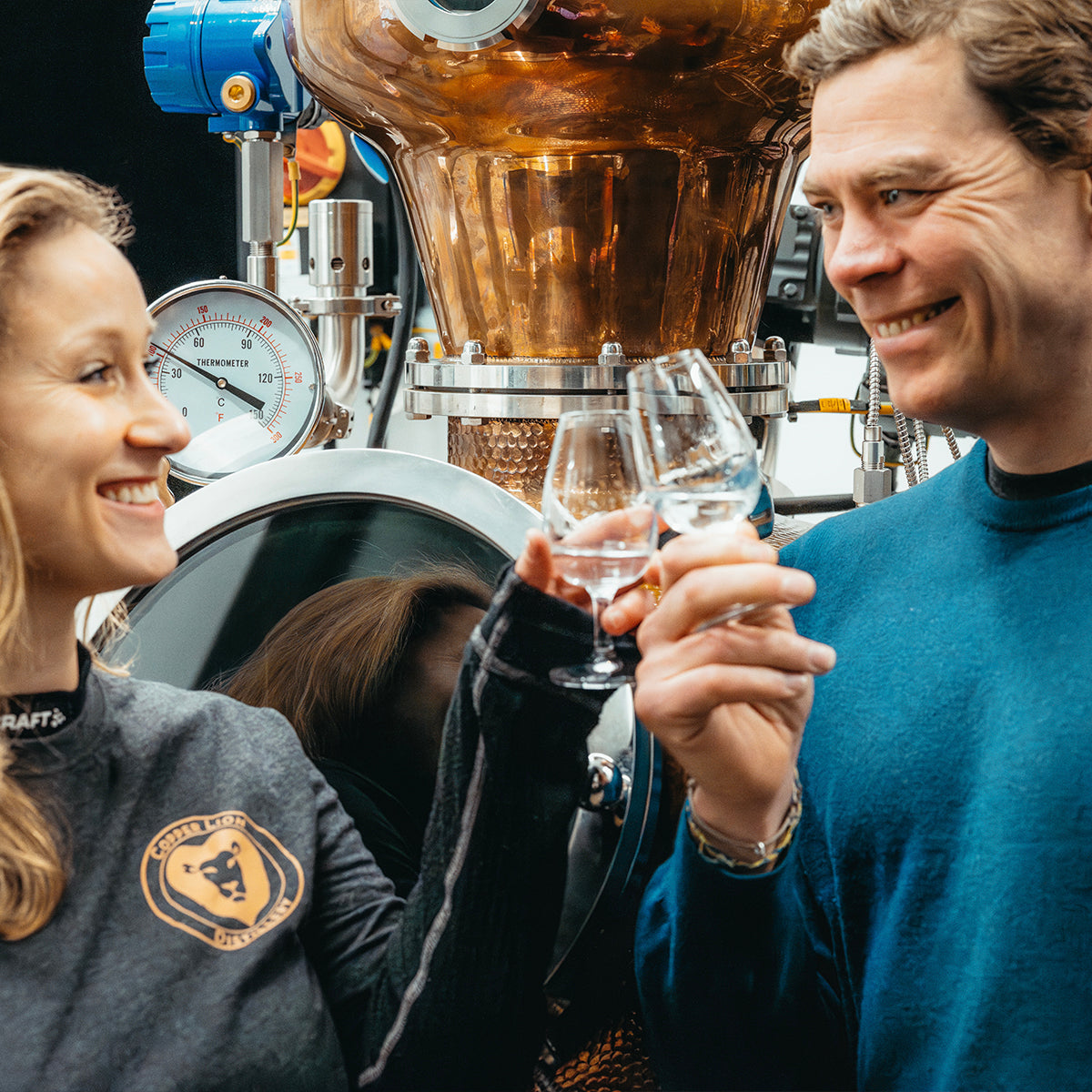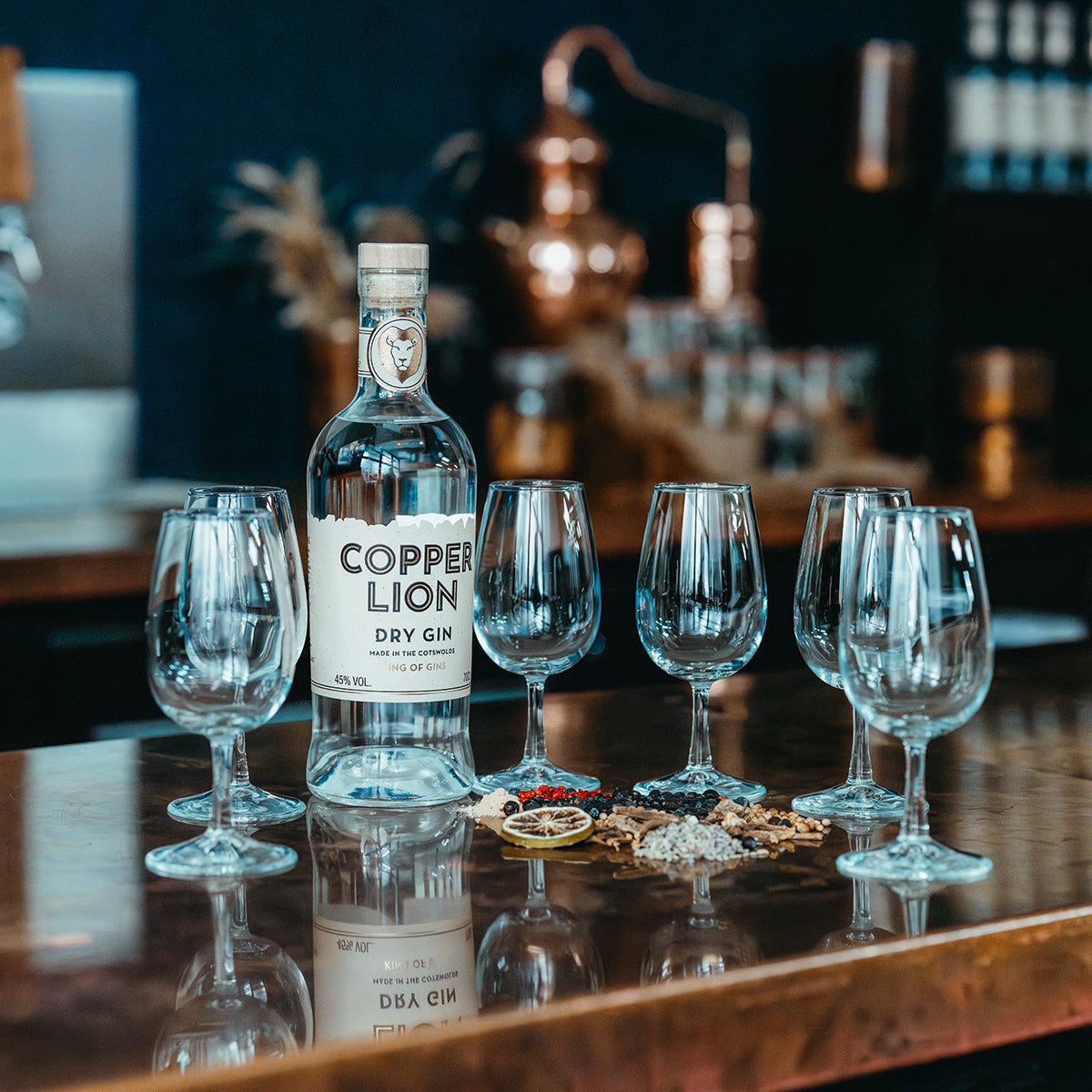The Recipe
A great recipe is more than the sum of its parts. Ours is kept a secret but there is also no one 'secret ingredient'. Minnie was picturing being enclosed in a fresh, green Cotswold cottage garden when designing it and that meant combining elements and pulling together botanicals, many of them the classics, in a way which would evoke a feeling and sense of place and to put you in that garden as you lift the gin to your nose.
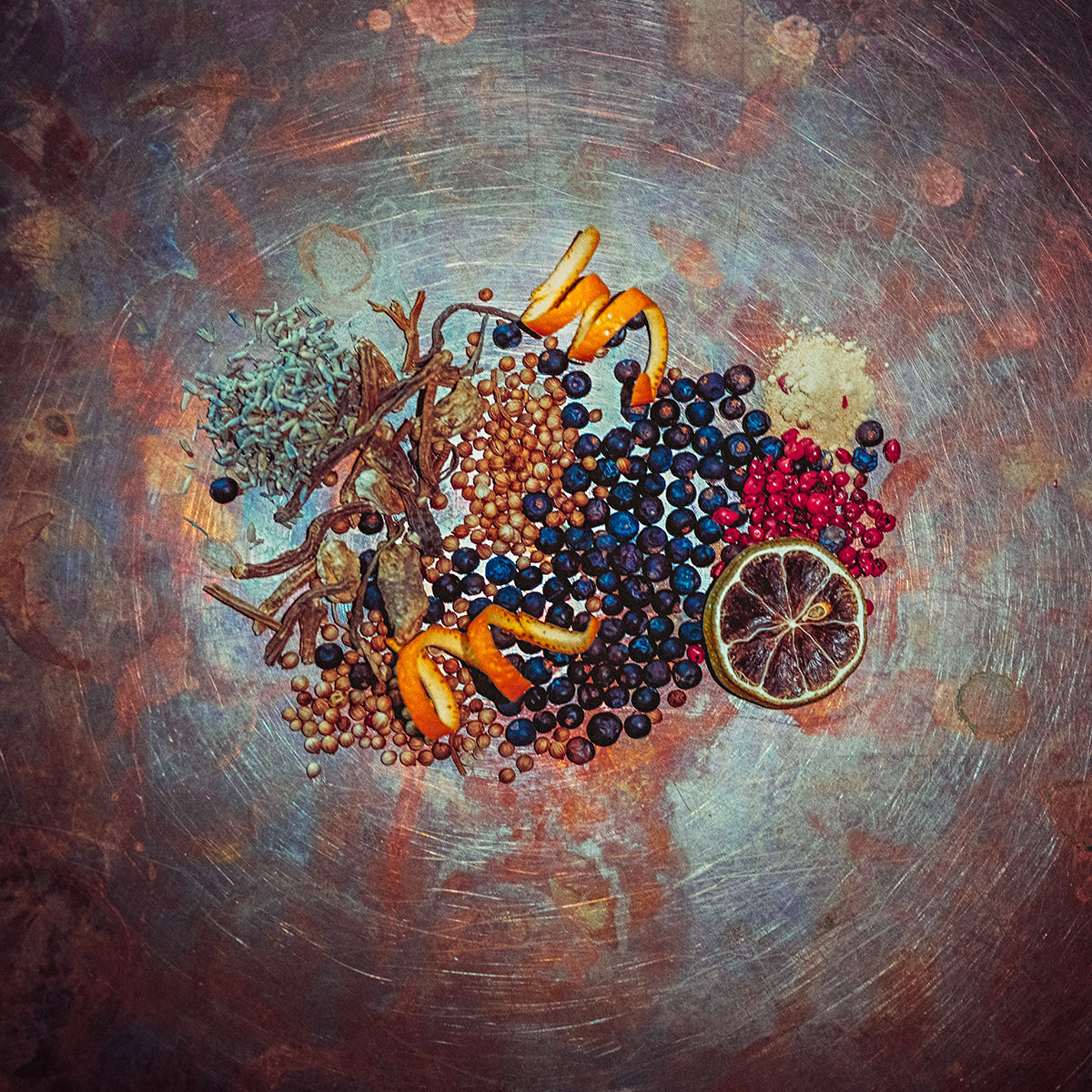
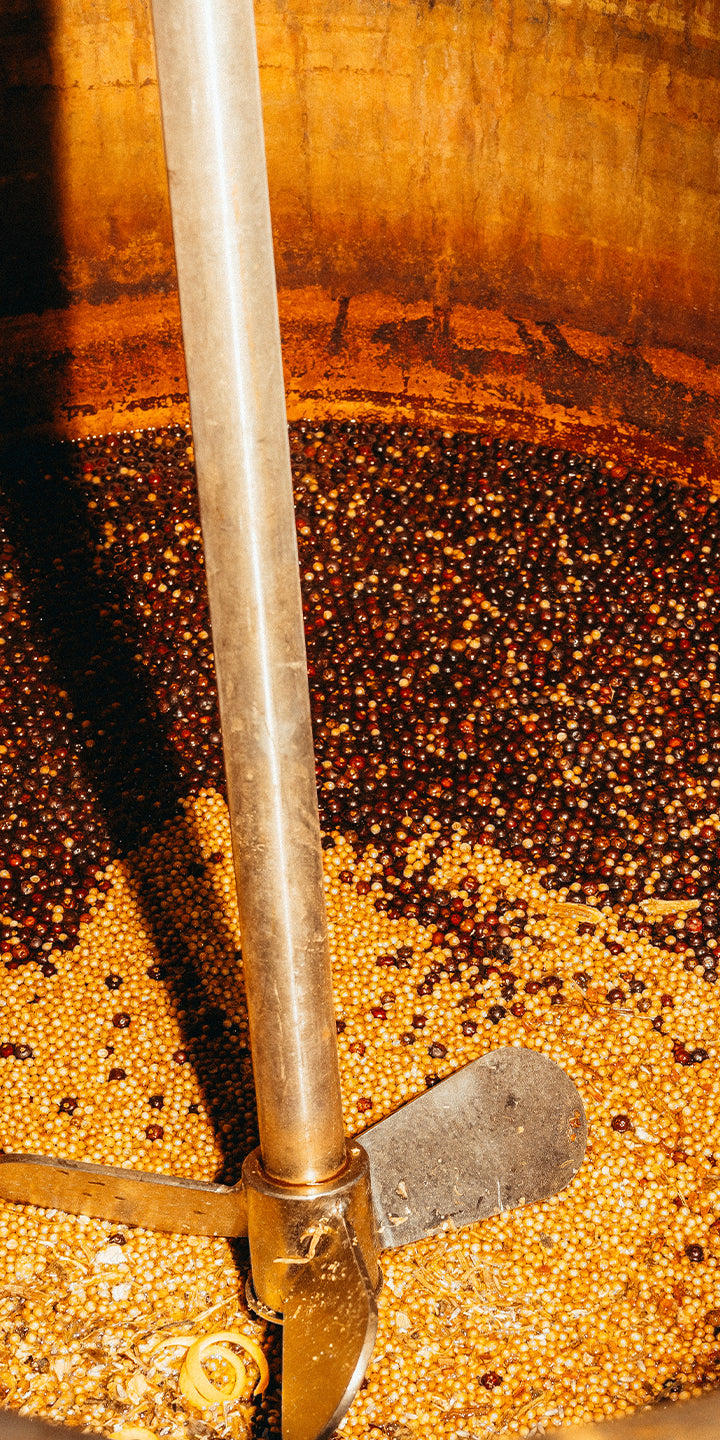
Through a systematic process, very similar to Minnie's scientific research days, we carefully and deliberately narrowed down our botanicals, changing only one thing at a time with each trial, so we could understand how each botanical contributed in the context of the others. Like with paints, often the more colour you add the more likely it is to combine into a muddy brown, so less is often more to let each of the botanicals shine.
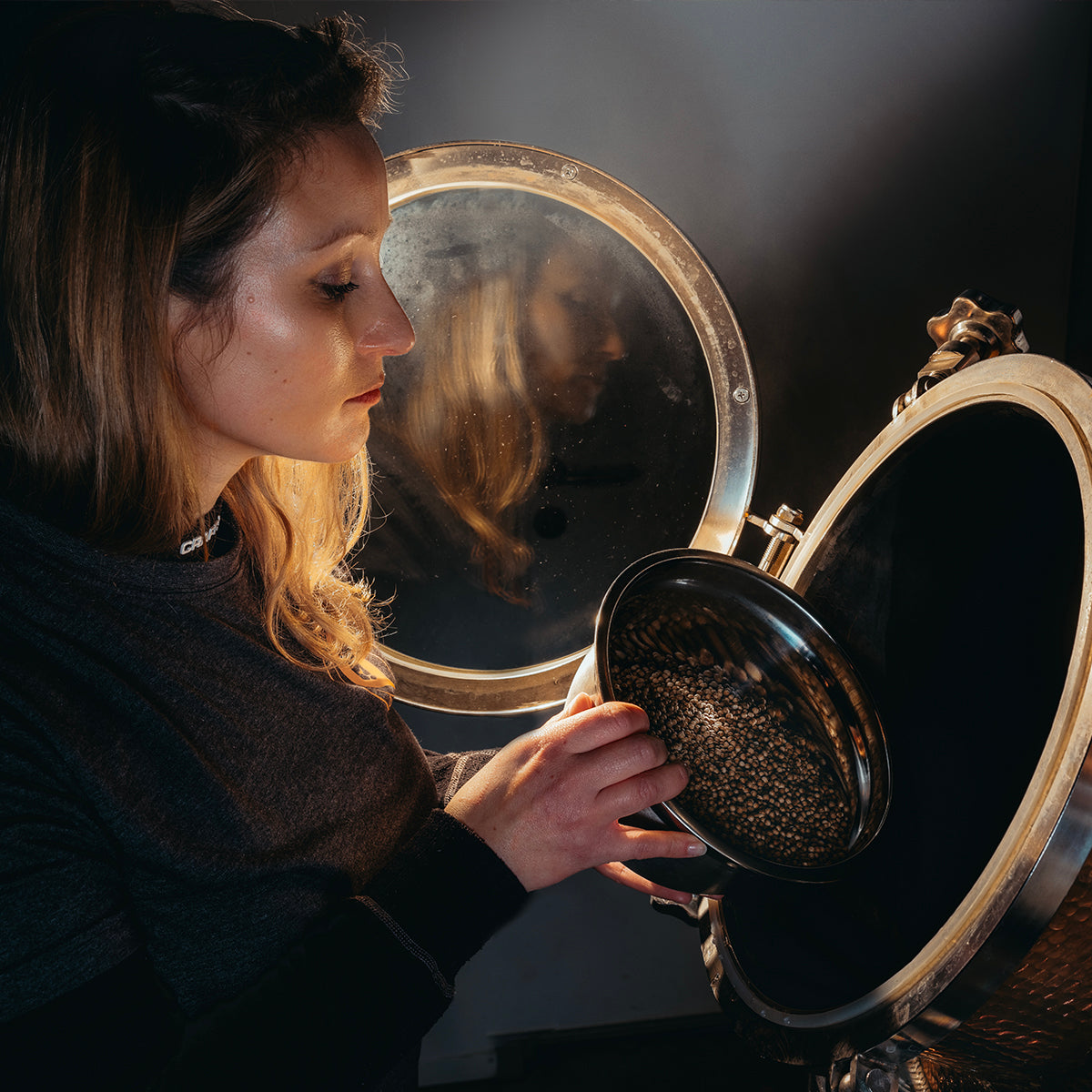
Six months in, she and Angus had the base recipe, with 12 botanicals making the cut. Another six months of 'tweaking' and Copper Lion was finally born.
-
Her determination to experiment with Cotswold garden botanicals with powerful flavours such as peppermint, rosemary and lavender arguably created a lot more work. Vindication came when she first achieved the petrichor, an after-the-rain note on one of the final versions. The magic of distilling is the surprises, you never quite know how botanicals will interact or react to each other and what they will produce. Sometimes they behave in the way you thought they would and sometimes the results are quite unexpected.
Copper Lion, the result of this year of scientific experimentation, is by definition a London Dry Gin at its core, however at the same time many do agree that what we have created really is something else...
The Cut
Even if you found a scrap of paper with Minnie and Angus' recipe on, you would struggle to recreate Copper Lion. This is because a gin is not just a recipe, it is made up of lots of small decisions. It is how you source, store and crush your botanicals, how long you steep them for, whether you remove them before distillation, how you season the still and how you protect the gin after distillation. All of this adds up. To a distiller, one of the most important decisions is when to make the cut. During distillation, you are essentially separating alcohol and water by boiling point. Alcohol, with a boiling point of 78 degrees C, is very good at extracting oils and flavours. We use heat to concentrate the alcohol with all the intensity of flavour from the botanicals, separating it from water which boils later.
The lightest compounds, like limonene from citrus, lift off first and come over in the initial part of the run, known as the 'heads'. The heads cut will define how citrussy your gin is, together with your recipe. Minnie feels the heads cut is critical for balance. Citrus is lovely but very dominant and can quickly flatten a gin. The heads are excluded, very simply in our case, by putting them into a different bucket, then this is followed by the 'hearts' which is the part which will end up in your bottle of gin, all being well. The 'tails' or 'feints' cut is at the end, which includes the heavier tannic and bitter flavours. If you miss this cut you will know about it and quickly ruin a day's work. It is no less important than the the heads cut for balance.
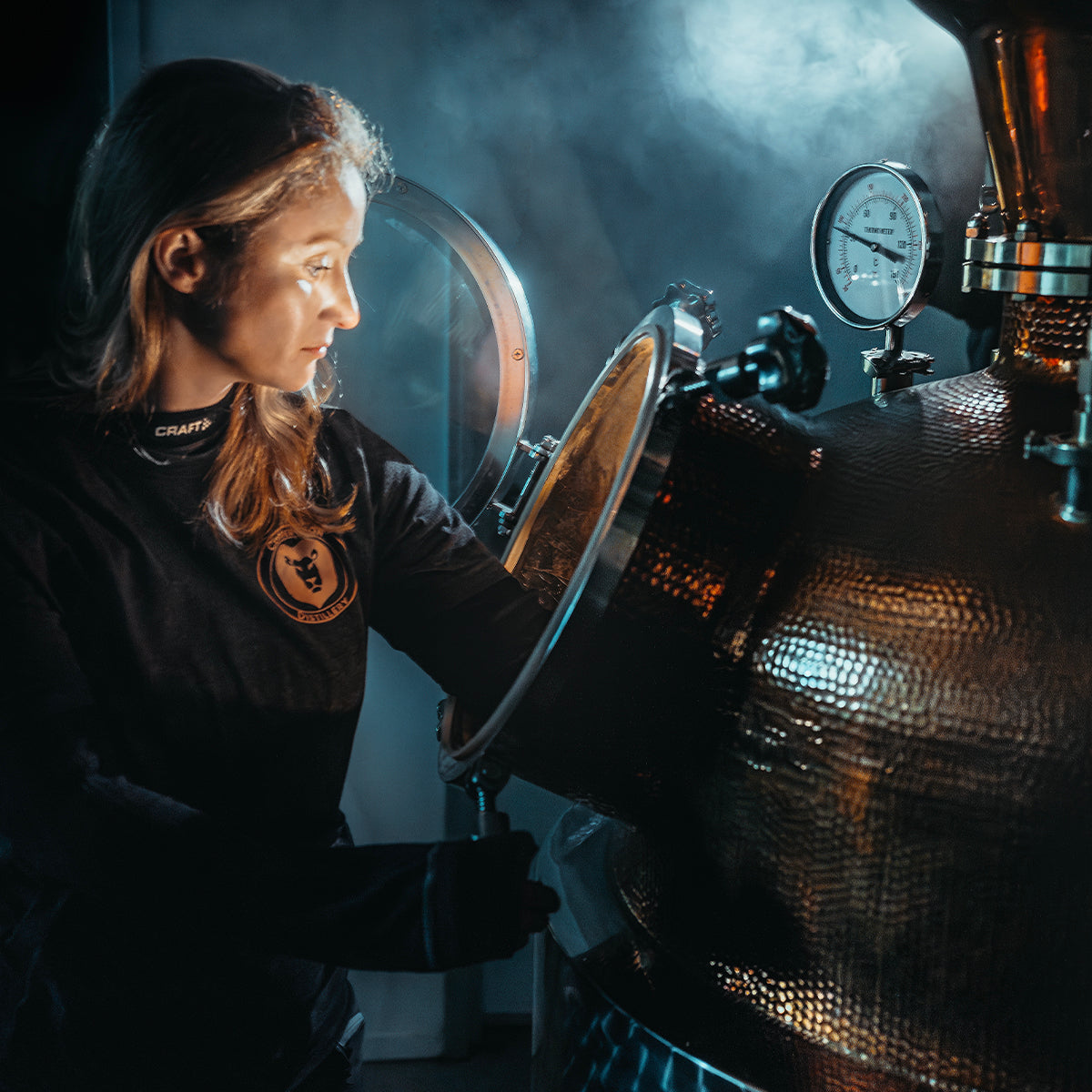
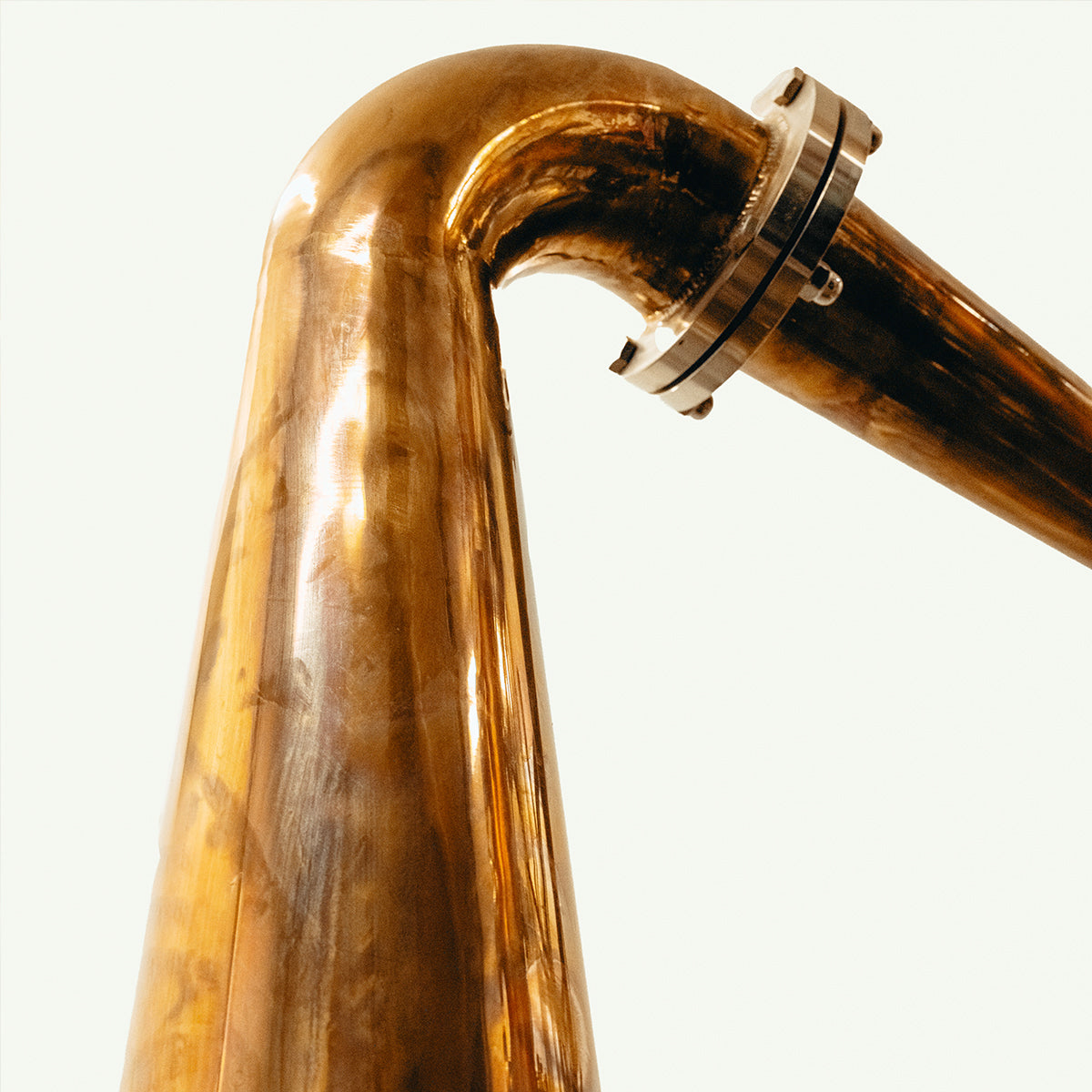
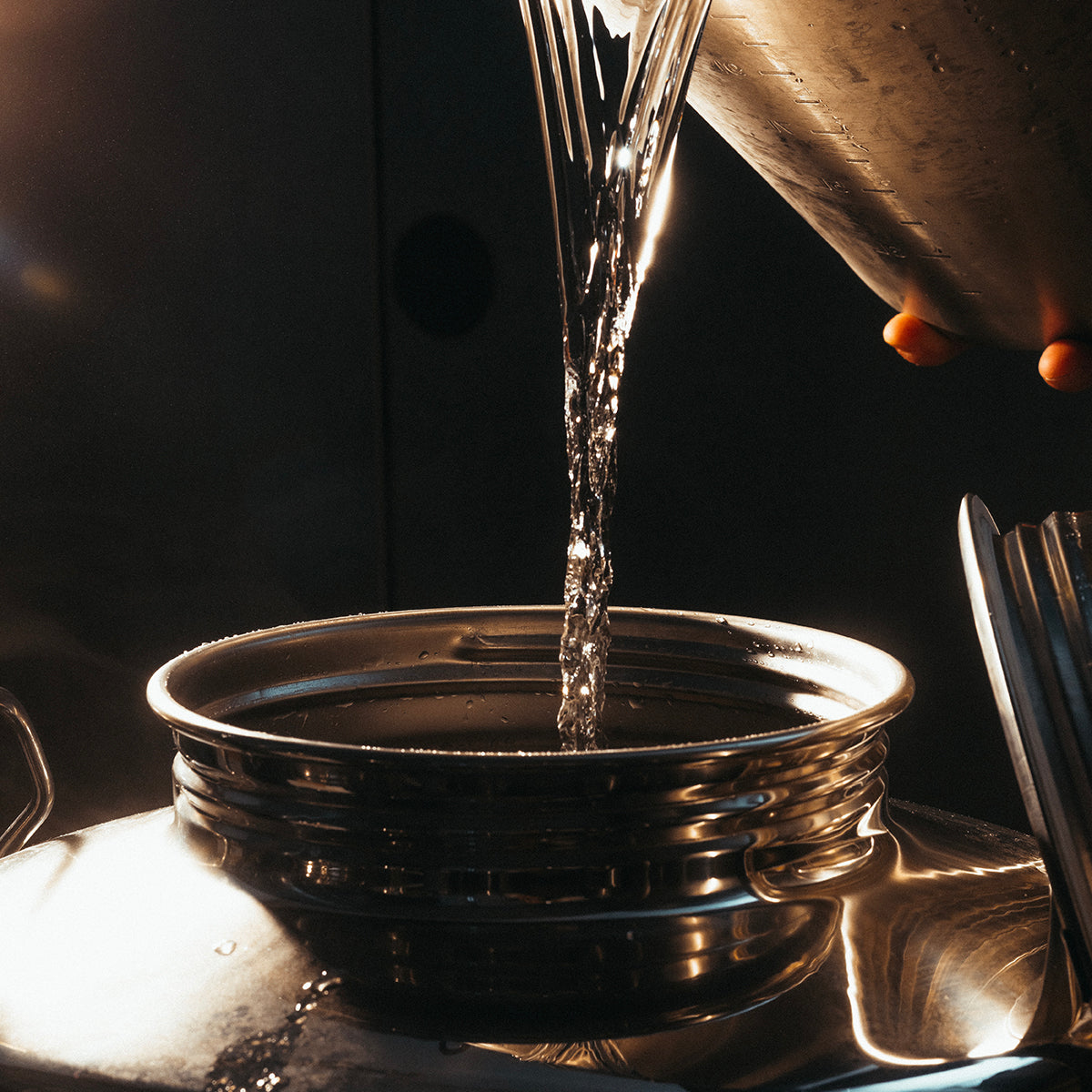
The distillation is done very slowly. This is required to allow enough time for the flavours to meld together in the pot and then selectively vapourise by flavour, moving up through the still neck and down to the condenser. This way there is a better chance that they are in clearly defined flavour groups. This helps the distiller to make clear and consistent cuts with every distillation. The other reason is to allow the copper to work its magic. Copper is used deliberately as it is a catalyst, removing sulphur compounds derived from proteins in the botanicals. This creates a cleaner and higher quality spirit. A slower distillation also means more reflux, where there are repeated mini condensation and evaporation events occurring within the still. This also further refines the spirit.
We make our gin without use of the columns, using only the copper pot going directly to the condenser, which is a stylistic choice as we want a rich body to our spirit and lots of complexity.
The Yield
Minnie has a rule that you should never hear the gin. Each time you hear the gin splashing, you are losing freshness and delicate top notes. Our gin is quickly squirrelled away into steel canisters of the correct size to protect Copper Lion from air and to preserve its freshness. Each batch is assessed for quality over the week prior to bottling, as it does settle slightly in this time. We then dilute it with purified water produced by reverse osmosis, to prevent snowflake-like oxalates derived from water minerals forming should the gin be refrigerated later (harmless and beautiful but misunderstood).
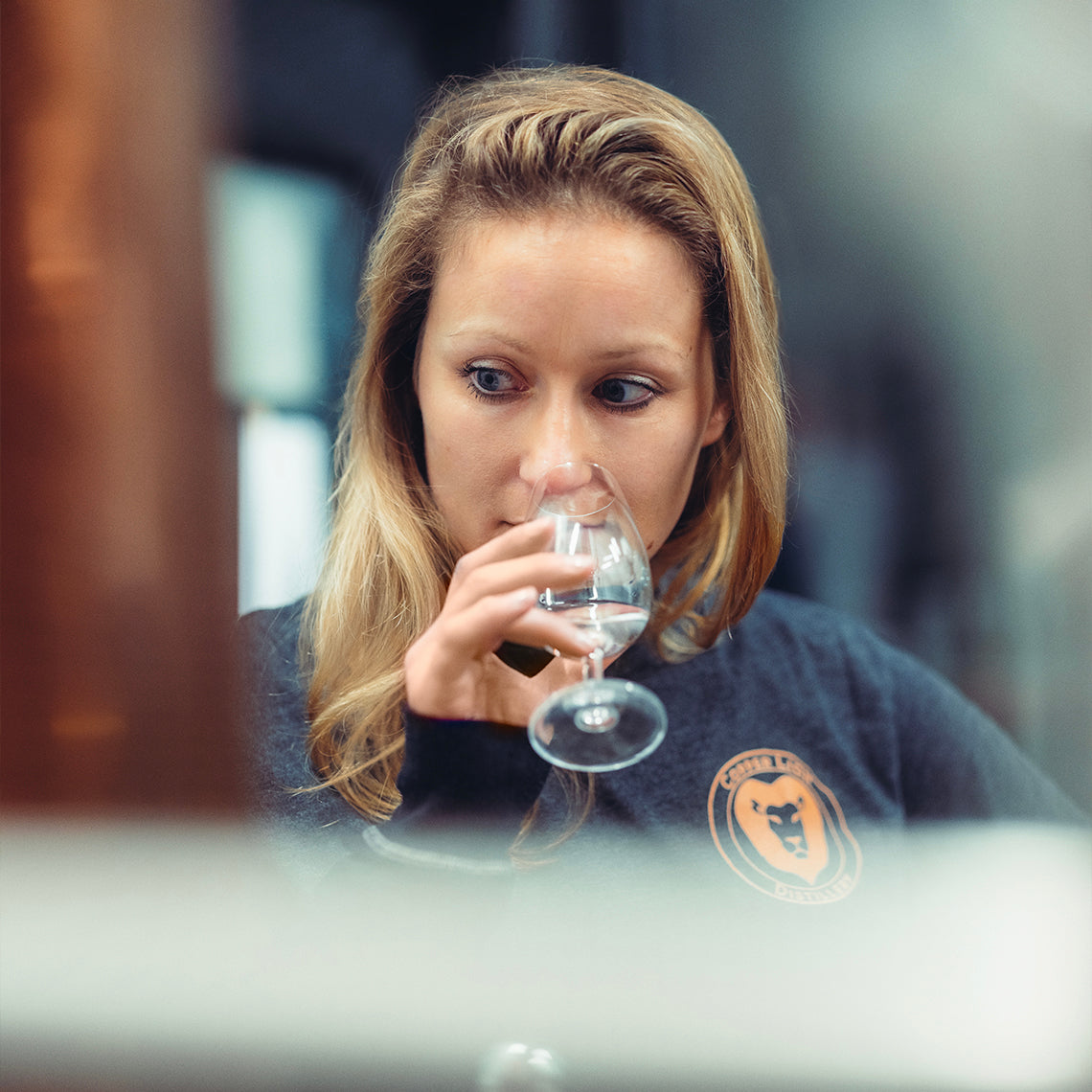

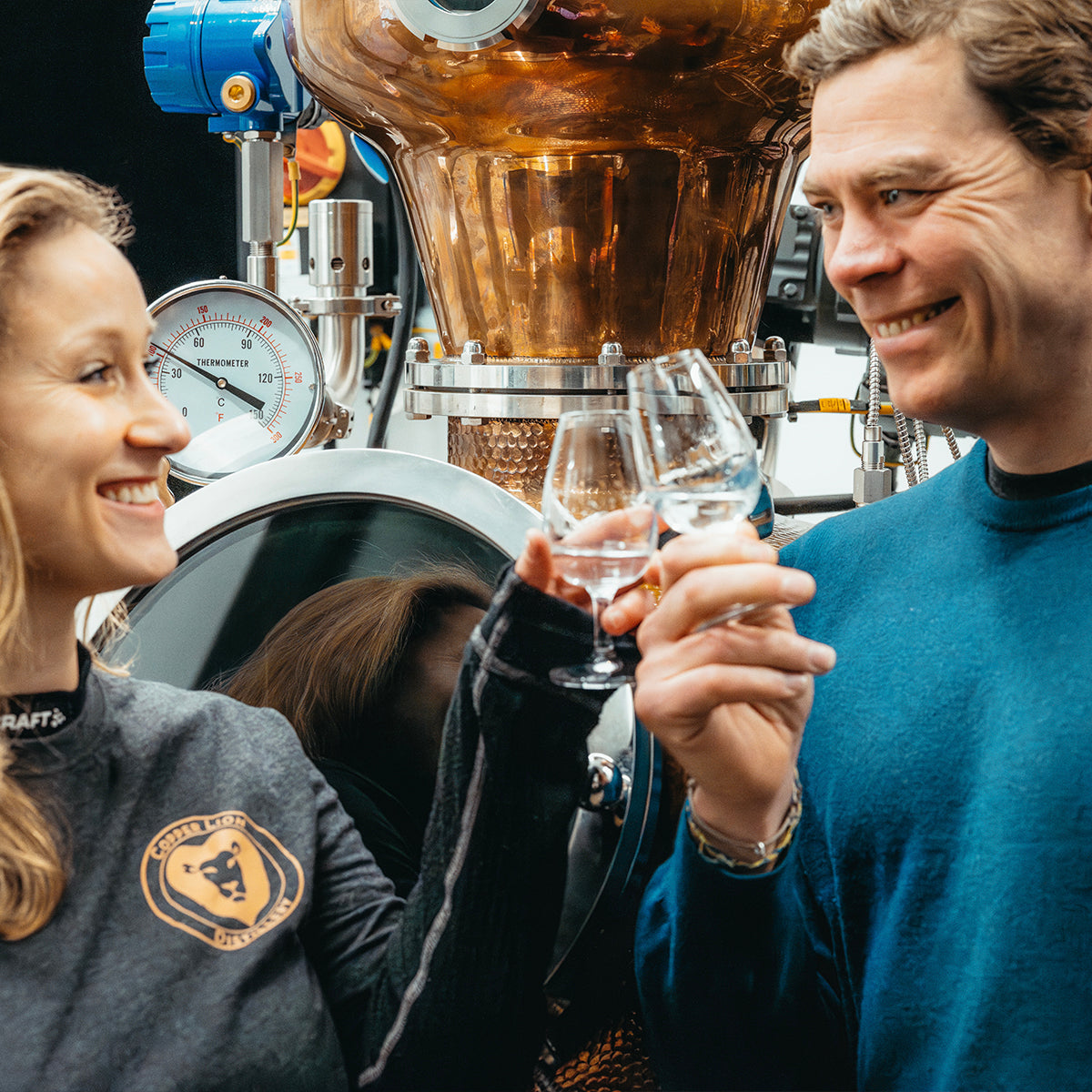
Minnie sends a sample of each batch for independent assessment to our (you guessed it - secret!) gin consultant. They now know our house style and have a career's worth of palate training under their belt, as well as different blind spots to Minnie. This is particularly handy when Minnie has a cold! It is very unusual to have this level of quality checking, especially at our small scale and particularly for every batch. Our consultant was also a useful sounding-board throughout the trials, ensuring we weren't including any off-notes Minnie was blind to. This, in combination with enthusiastic panel-testing by our many willing friends with many different palates, explains why Copper Lion is so well-loved!
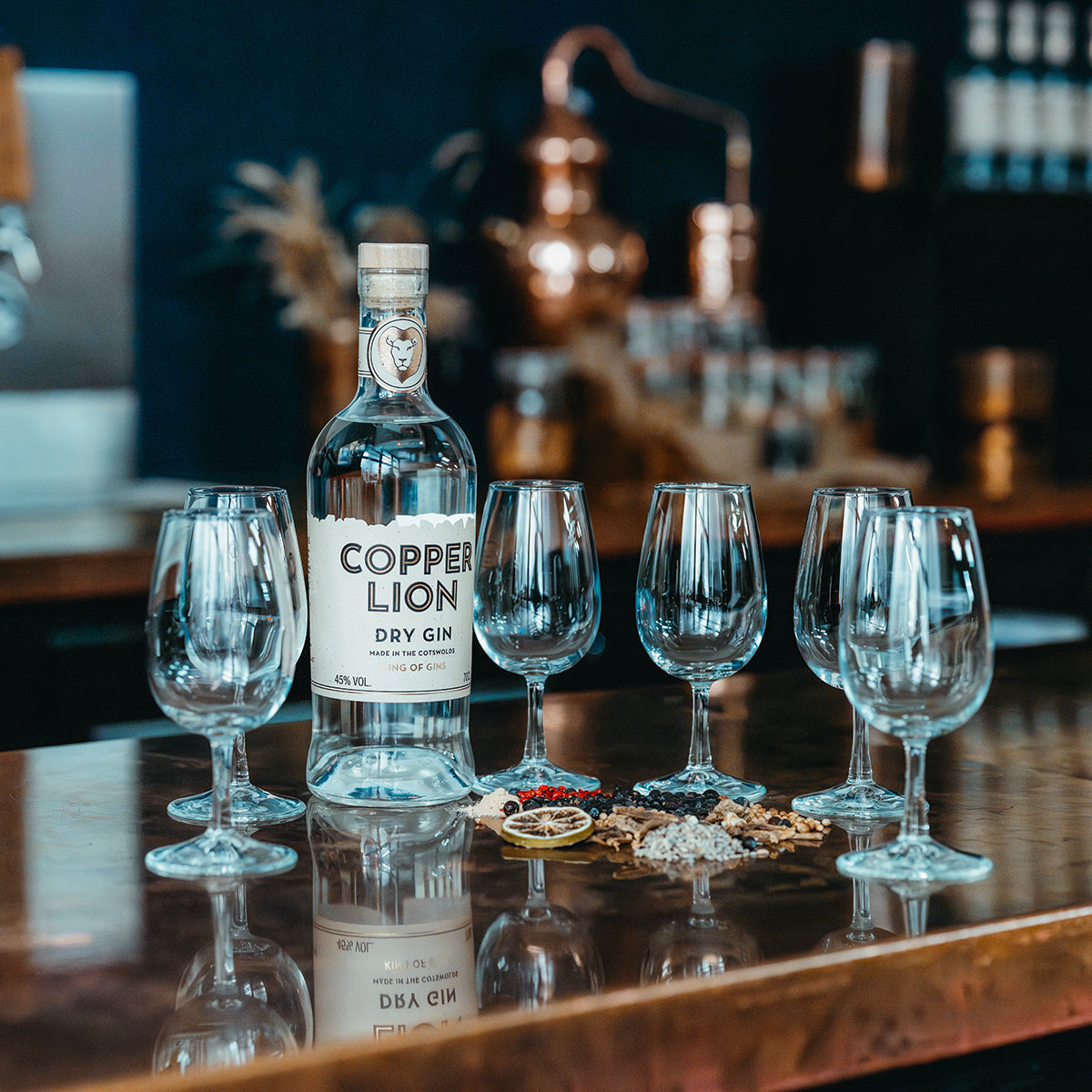
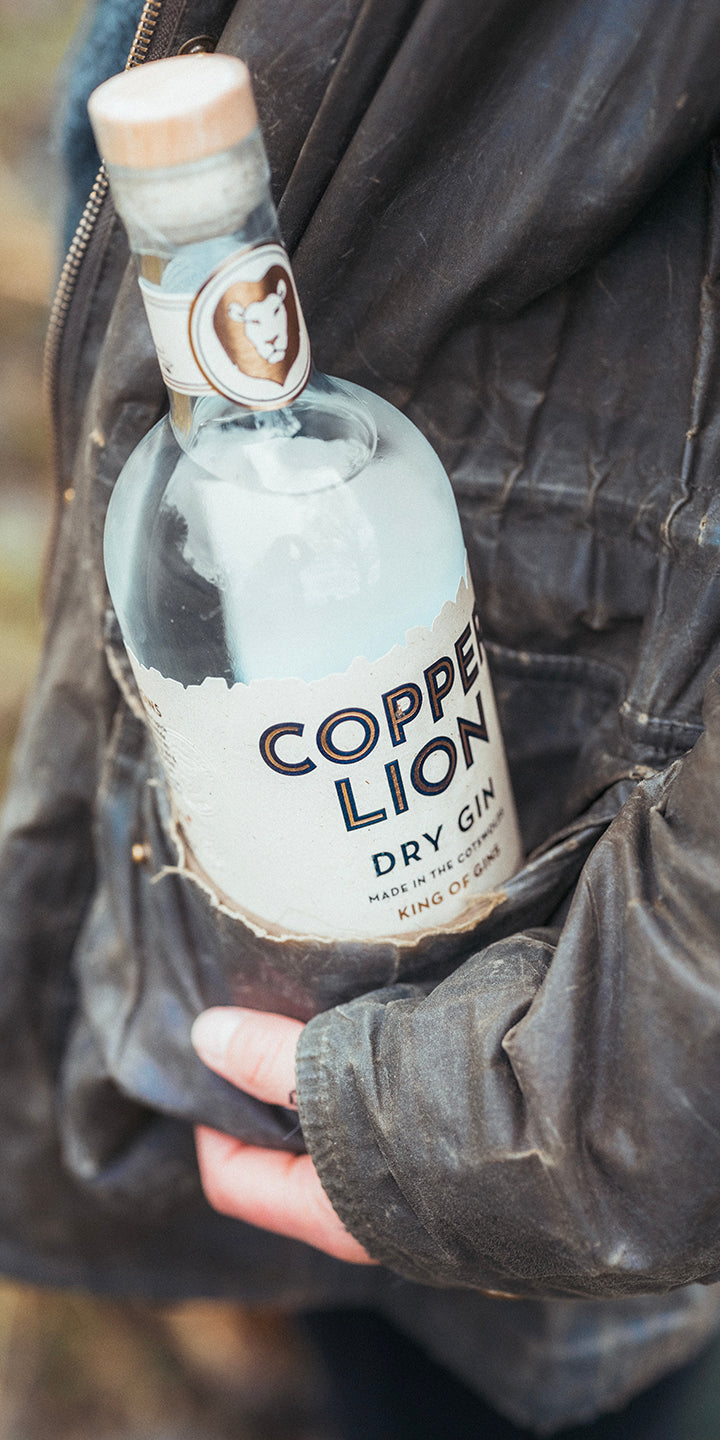
The Yarn
Minnie loves talking about gin.
If you want her to come to talk to you about gin or to do a tasting, please do get in touch and take her off our hands for a while!

